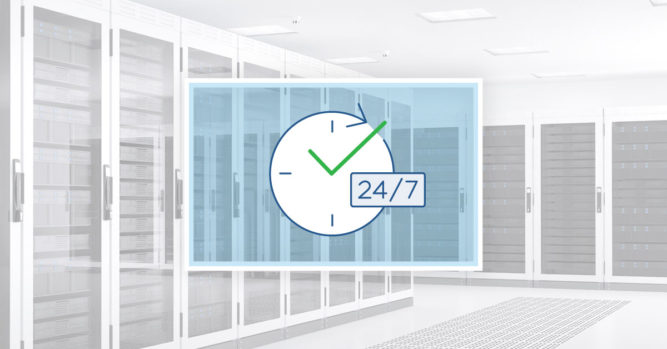
High availability vs fault tolerance. While there are definitely similarities between these two terms, when it comes to your organization’s backup plan for when your systems and applications go down, it’s worthwhile knowing their differences to understand how they help your business comply with a HIPAA disaster recovery policy.
Disaster Recovery (DR) refers to contingency plans in place to ensure the continuity and recovery of mission critical systems in the event of a natural or man-made disaster. HIPAA requires healthcare organizations to have a disaster recovery plan if access to patients’ health information is blocked.
Ultimately, the cost savings of having a disaster recovery plan are enormous. According to a study conducted by the Multihazard Mitigation Council, every $1 spent on hazard mitigation saves your organization roughly $4 in future benefits. The longer the recovery time, the higher the recovery cost.
High Availability (HA) is a strategy that ensures your critical systems are always functioning. Even if only for a few seconds, there will always be some amount of downtime with high availability, so in practice this means creating and managing the ability to automatically “failover” to a secondary system if the primary system goes down for any reason. Your organization’s goal should be to achieve a network uptime of 99.999%, which is commonly referred to as “five nines” and equates to 5.26 minutes per year of downtime. This high level of operational performance and quick recovery requires careful planning and the use of specialized tools. For example, when Iguana primary becomes unavailable, the load balancer will detect the changes and route incoming requests to Iguana backup. This detect and instant failover process ensures that service is always available.
